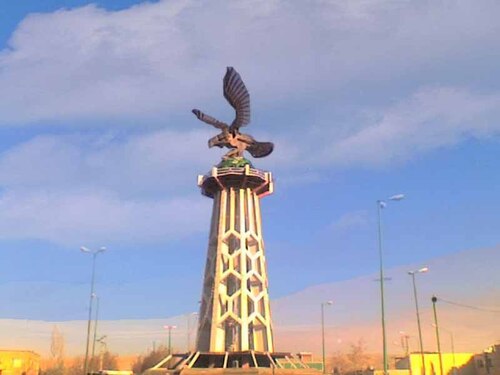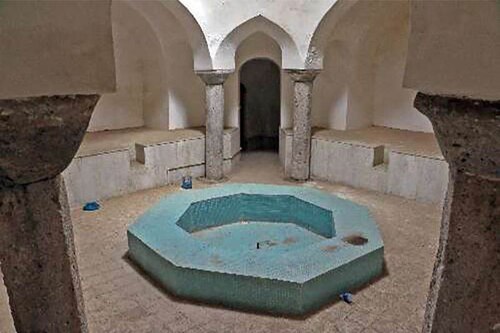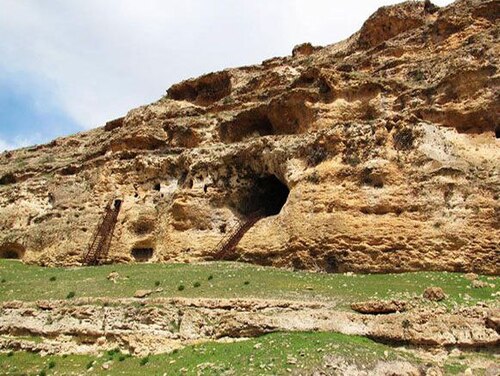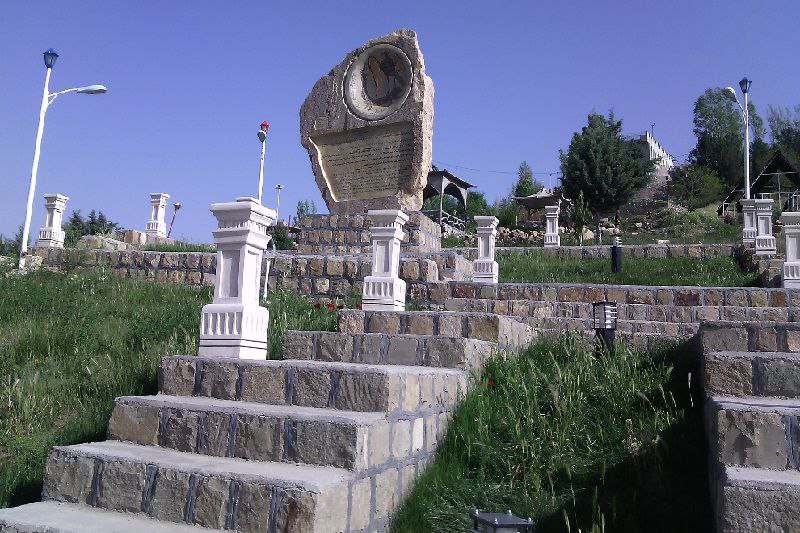Changing the names of cities and villages is not done only in Kurdistan but has been done throughout Iran. Among Turks, Persians, Arabs, and Baluchs, there are changes in the names of cities and villages. This has been a policy of the occupying regimes to unify and erase the identity of the nations in Iran. Shahindezh is located in Urmia province and has many historical monuments.
Shahindezh was called "Awkana" in the seventh century BC. Regarding the name Sayin Qala, according to history, during the Sassanid period, many people prayed to the fire temple of Azargoshasb located in Takht Soleiman. The site is 30 kilometers from the present city of Shahindezh and many of them were famous people and Sassanid sultans who had built a castle in the present Shahindezh before reaching the temple and named it Sayindezh.

After the advent of Islam, Sayindezh was renamed Sayin Qala. During the Pahlavi period, it was called Shahindezh and is still called it. Shahindezh is also called "Eagle Castle".
Before Islam, Shahindezh was located on the road to the fire temple of Azargoshasb and the Zoroastrian elders, after visiting this holy place, built a castle for their rest which gradually grew larger and larger and eventually became a small town.
The eagle is designated as the guardian of this castle, which is still located to the north of the city, known as the Eagle's Nest. The city has the Hawshar or Afshar area, which consists of two distinct parts with two different climates and is located in the southeasternmost part of Urmia province, between Bijar Garous and Saqqez in Sna province, Khamsay Zanjan and Myana Saraskandi in Azerbaijan and Bokan and Tekab in Urmia province. The area with Tekab as its center is called Upper Mahal and the other area with the present Shahindezh as its center is called Lower Mahal.

Most of the inhabitants of Shahindez and surrounding villages are Kurds. The Kurdish tribes of Chardawru, Muslani, Zakhorani, Hashtrudi, and Shahsawan live in Shahindezh.
There are two human made hills in the city that were built during the Mongol rule to withstand the attacks of the enemies. Excavations conducted in 2009 on one of these hills called "Qapan Hill" revealed that the soil dates back to the Islamic, Sassanid, Mannai, Iron Age, Bronze Age 3.2 and 1, Chalcolithic (Copper and Stone Age), New, Middle, and Ancient, as well as the Neolithic, the oldest settlement in the area is associated with the Neolithic, which is said to be 8000 years old.

In the excavations of 2006, Zarinfam mud vessels dating back to the 3rd and 4th centuries AH were discovered, indicating the position of this area as one of the important centers of Zarinfam pottery production. One of the mud vessels found in this area depicted an eagle hunting a deer. An inscription in Kufi script with the theme of wishes of good health and blessings to the owner of the vessel engraved on it was also found. The historic bathhouse of Qapan which belongs to the late Qajar period is located in this city.
The Jaghatu River, one of the longest and most abundant rivers in Urmia province that the water has caused a lot of land to become fertile, and flows next to the city. Pir Mohammad Mountain, Qaradash Mountain, and Quzlu Waterfall are famous tourist attractions of this city. Interestingly, the Iranian government named the waterfall Ozan, but the city's residents call it "Quzlu Shorshora".

The Bibi Kand rocks date back to the fifth millennium BC. The rocks are not natural and were cut and made by humans near Bibi Kand village, 16 kilometers from Shahindezh.
The Bibi Kand rock groups are excavated as multiple chambers connected by winding and narrow passageways. The entrance is in the shape of a window, where in the past the water of a spring was directed into the chamber by a narrow passage.
The carvings on the rocks of Aqrablu village are another monument of the city. The images are carved on the smooth stones. The images on the rocks include animals, people, geometric patterns, and objects such as spears, arrows and bows, walking sticks, and other objects.
Archaeologists say the city has a very ancient history and the remains of the city prove the claim.










